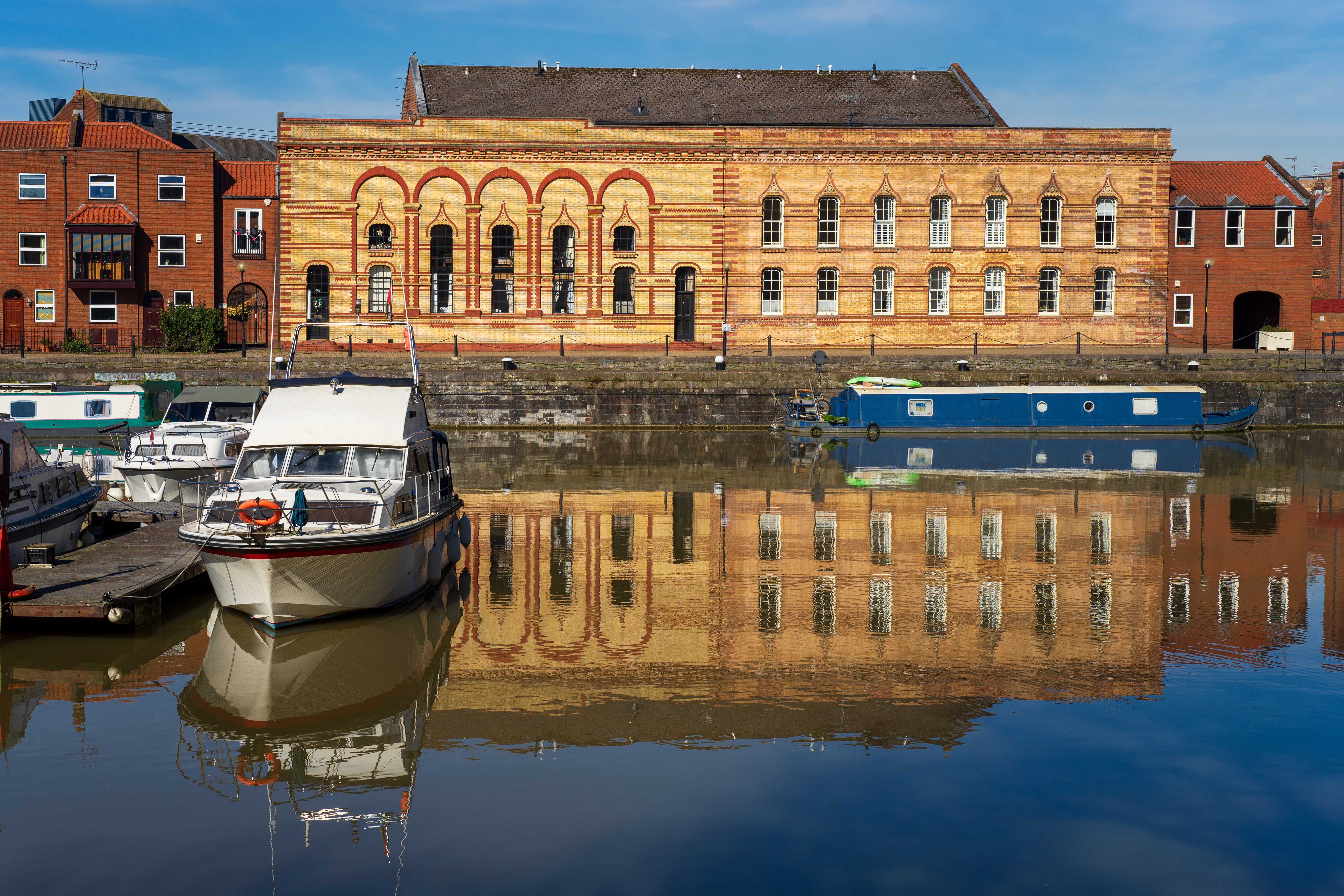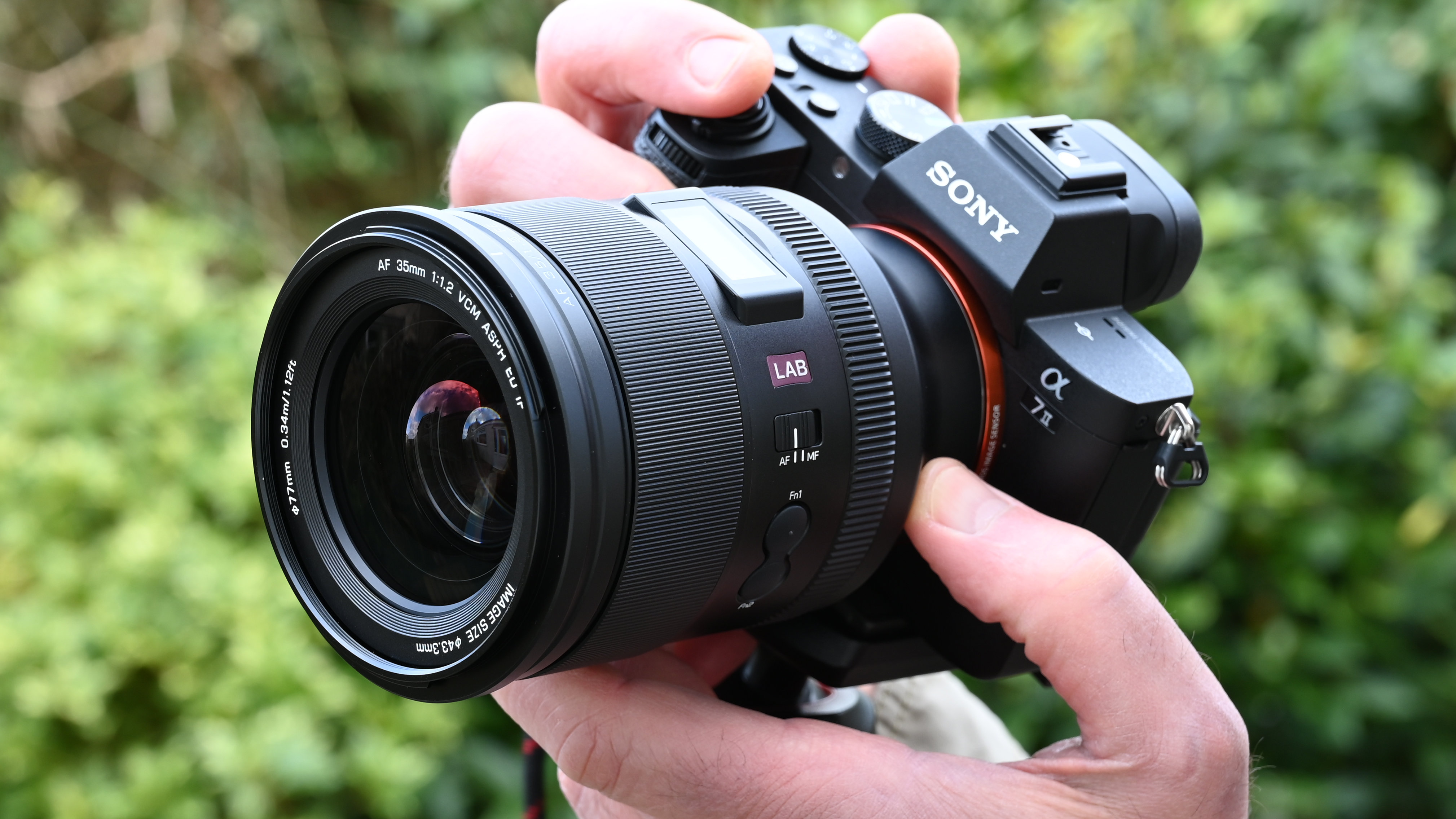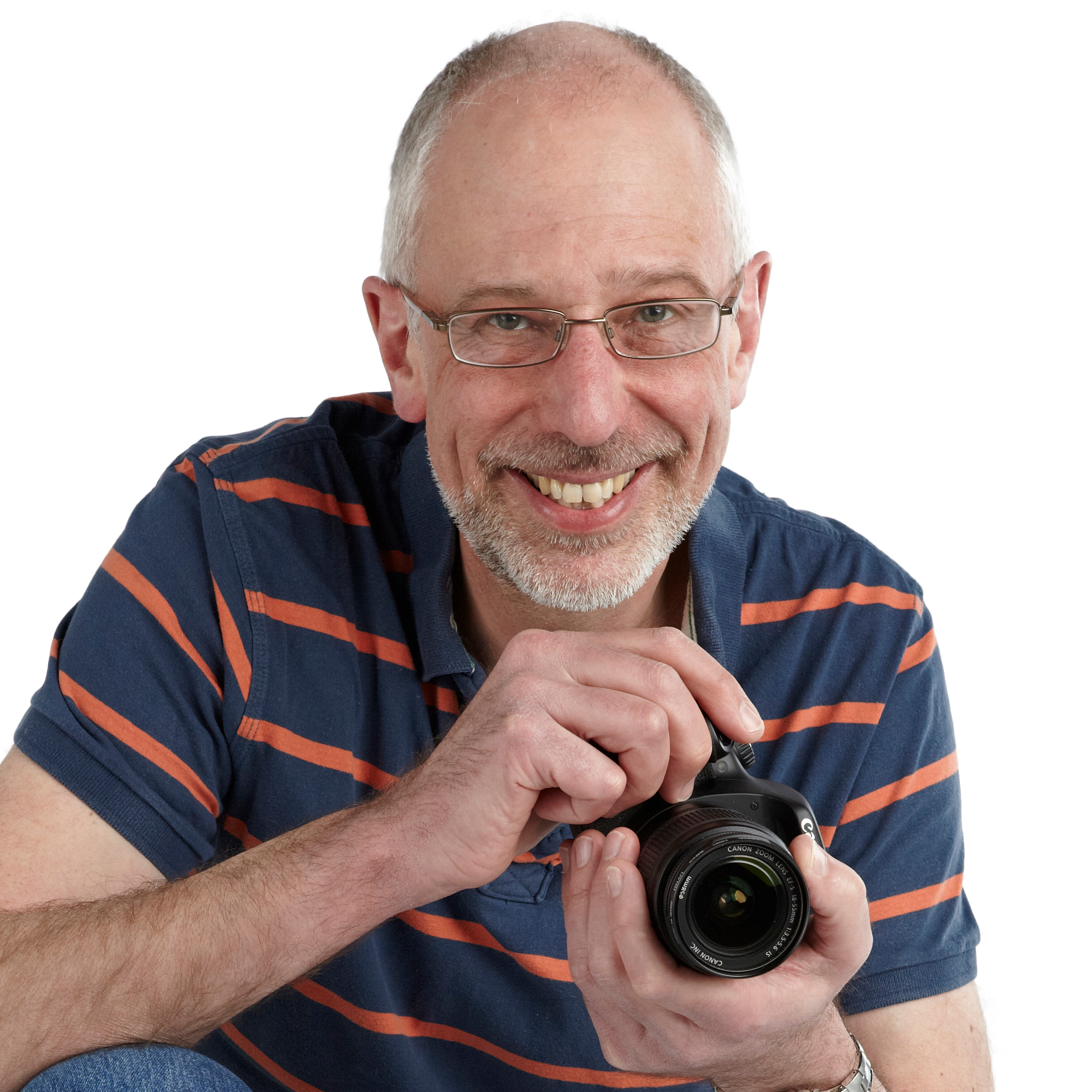Everything in moderation: why I’m a happy "Matthew in the Middle" photographer
A single camera is enough for me, but I do need a decent set of lenses. Even so, they don’t have to cost a fortune and I’m happy with middle-of-the-road performance

I just Googled "Malcolm in the Middle" and top of the list was a Wikipedia quote saying "The single-camera series is a comedy that follows a dysfunctional working-class family". My eyes scanned the entire sentence but my brain only picked out the words "single", "camera" and "dysfunctional".
I’ve used some of the cheapest cameras on the market and found them to be truly dysfunctional, proving beyond all shadow of a doubt that something isn’t necessarily good just because it’s digital.
But just how good does a camera need to be? In one week I back-to-back tested a Yashica City 100 costing $209 / £220 and a Sony A7R V with FE 50-150mm f/2 G Master lens, priced at around $8,300 / £7,500. Two very different cameras, two vastly different price tags.
I should say at this point that I’ve been honing my photographic skills for more than 50 years, initially being spellbound by film cameras as a child and learning from my dad, who was a professional (and very creative) photographer.
Bearing that in mind, I was mostly impressed with the Yashica compact. It’s a neat little camera that’s good for taking snapshots. However, it naturally has its limitations and doesn’t go anywhere near far enough to satisfy my creative desires.
Surely the high-end Sony camera body and luxurious 50-150mm lens must be a much better fit for my photographic needs and aspirations? Actually, not really. Call me a Luddite but I think that taking photos with a camera that has 61MP under the hood is like using a sledgehammer to crack a nut.
I still remember Nikon saying that 12MP was enough for anybody, although I find something around 24MP to be the sweet spot. I’ve had huge poster prints made from 24MP images and they look great, from a natural viewing distance for prints of this size. I only took about 150 test shots with the Sony A7R V and it put a massive 20GB dent in my storage capacity.
The best camera deals, reviews, product advice, and unmissable photography news, direct to your inbox!
I also felt that while the image quality and all-round performance of the FE 50-150mm f/2 G Master lens is absolutely stupendous, I’d much rather shoot with a relatively compact and lightweight f/4 standard zoom lens – the Nikon Z 6II and Z 24-70mm f/4 S kit zoom being one of my all-time favorites.
While that’s my go-to combo, I prefer to switch to a properly fast yet reasonably priced and still fairly lightweight f/1.4 or f/1.8 prime lens when I feel the need.
And there are some excellent, budget-friendly options on the market from the likes of Viltrox, Yongnuo and 7Artisans, as well as from more established manufacturers like Sigma and Tamron, as well as from own-brand lenses from all the big camera companies.
For me, the middle ground is the place to be. It’s here that cameras and lenses offer deeply satisfying performance as well as enabling true creativity, without weighing me down or costing an absolute fortune.
You might also like…
Take a look at some of the best telephoto lenses, the best lenses for portraits and the best lenses for landscapes.
Matthew Richards is a photographer and journalist who has spent years using and reviewing all manner of photo gear. He is Digital Camera World's principal lens reviewer – and has tested more primes and zooms than most people have had hot dinners!
His expertise with equipment doesn’t end there, though. He is also an encyclopedia when it comes to all manner of cameras, camera holsters and bags, flashguns, tripods and heads, printers, papers and inks, and just about anything imaging-related.
In an earlier life he was a broadcast engineer at the BBC, as well as a former editor of PC Guide.
You must confirm your public display name before commenting
Please logout and then login again, you will then be prompted to enter your display name.




